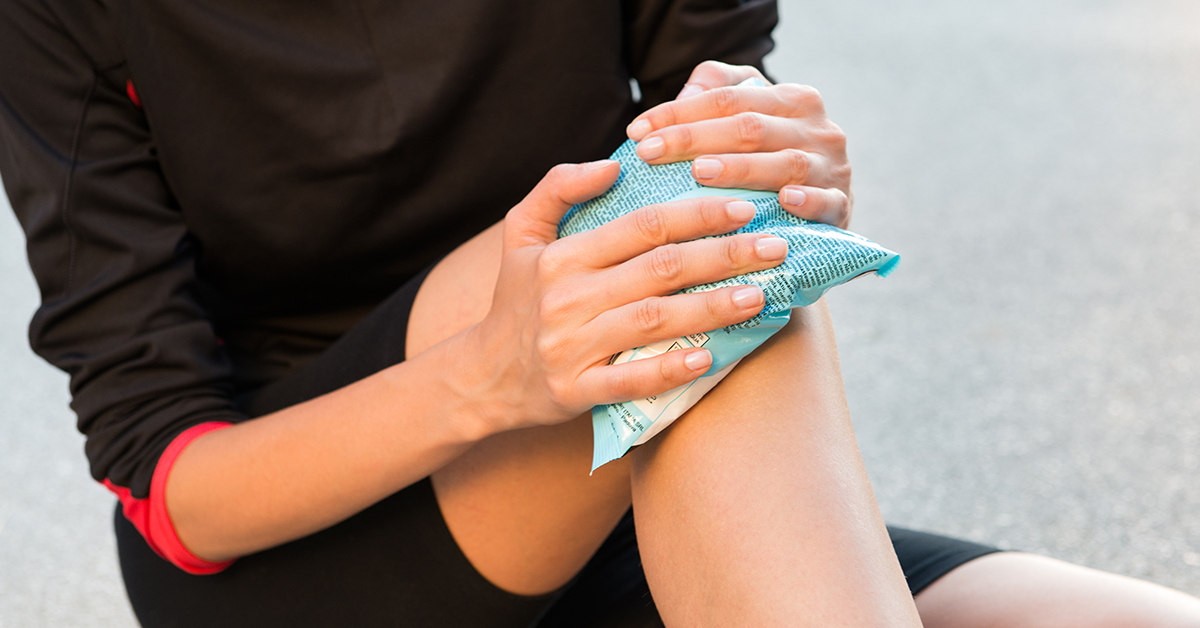
What is RICE?
Even if you’ve never taken a first aid class, chances are you’ve heart about RICE. The acronym stands for Rest, Ice, Compression, and Elevation. This refers to a protocol for conservatively treating certain injuries immediately after they happen. The steps can vary depending on the extent and location of the injury. In some cases, you may want to use the PRICE protocol, which is identical to RICE, with the exception of beginning with P. The P stands for Protection, and refers to protecting the injured area. Below is a short explanation of each step in RICE.
Rest
Rest to allow for healing. Rest is probably the most important step in managing injuries to tendons or muscles, as constant usage can only make the injury worse. Rest allows for the tissues, growth plate, or any other structures to heal.
Ice
Ice pack application on the affected area to reduce inflammation. This helps reduce swelling and pain. Ice application should be done in set intervals, usually of 15 minutes, to avoid complications like skin damage or frostbite.
Compression
Compression is performed to reduce swelling, which can help with the healing process but may also help relieve pain. This step may be performed with a compression bandage, but other, more specialized devices may be used as well. It’s important to make sure you don’t compress too tightly, so if you feel any throbbing, you may want to loosen your wrap.
Elevation
Elevation of the affected area to reduce any swelling. Like compression, this may reduce inflammation and help ease pain. When elevating an area, it’s best to place it above your heart. This means, for example, propping up your leg while laying down.
